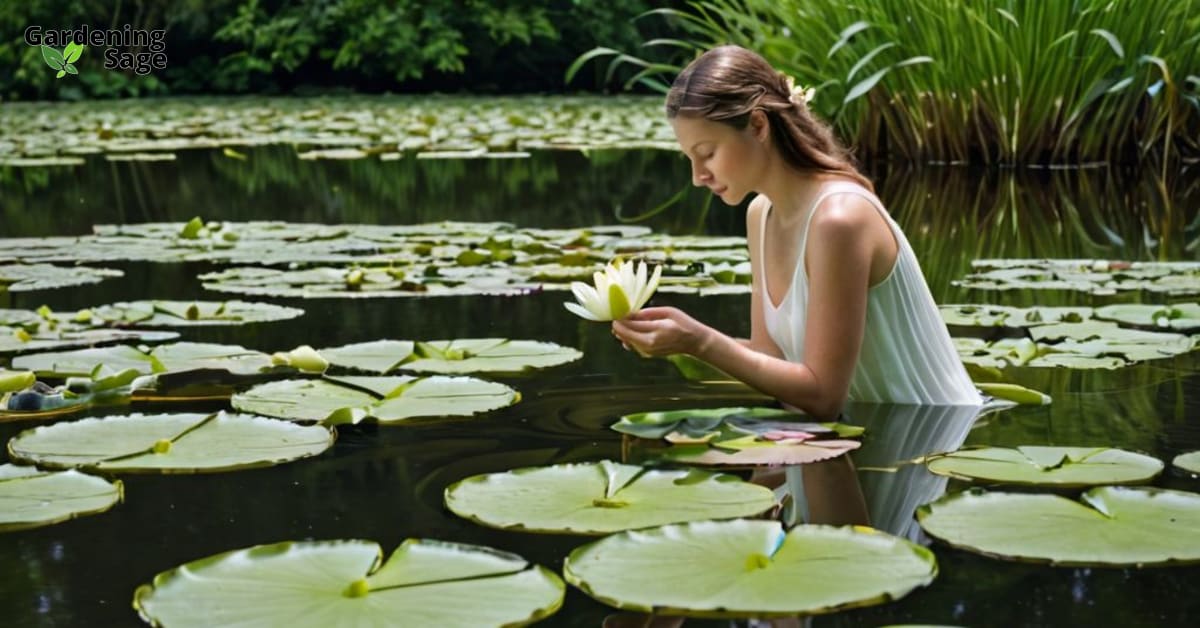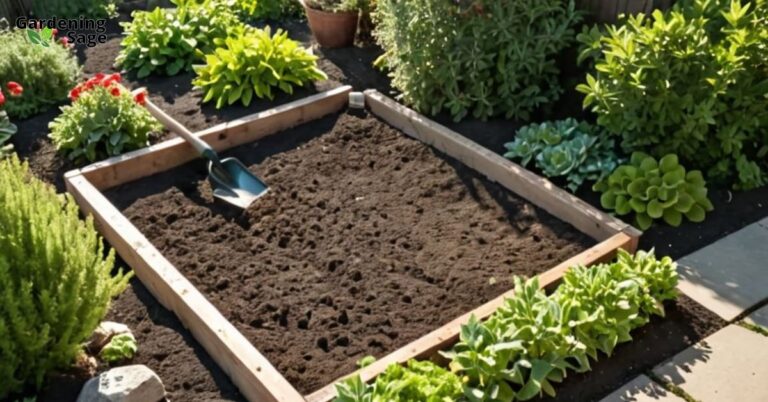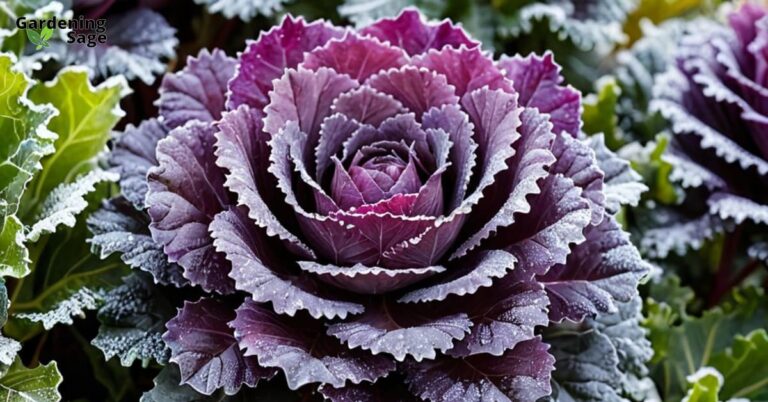Harnessing Nature’s Bounty: Planning Your Lakeside Plant Paradise
For those fortunate enough to own property along the shimmering shores of a lake, pond, or river, an alluring possibility awaits – transforming your waterfront into a flourishing botanical sanctuary filled with lush greenery and vibrant blossoms. A thoughtfully designed aquatic garden not only enhances your landscape’s beauty but also helps purify the surrounding habitat. Follow this guide to actualize your dreams of an idyllic waterfront botanical oasis, a serene retreat that beckons with the promise of tranquility and natural splendor.
Choosing Plants Suited to the Climate and Soil Conditions
The first step in creating your lakeside plant paradise is selecting plants adapted to the specific growing conditions of your locale. Consult regional gardening references to identify native species accustomed to the area’s rainfall, temperatures, sunlight levels, and soil types. Favor drought-tolerant varieties for hotter, drier climates, which will ensure resilience during periods of low precipitation. Seek out moisture-loving plants like astilbe and ligularia for cooler, damper areas, which will thrive in the natural wetness provided by your waterfront setting.
Tailor choices to the soil – clay-tolerant flowers for heavy soils or succulents for sandy patches. Visit local nurseries to discover plant varieties proven to thrive nearby, and don’t hesitate to ask for advice from experienced gardeners who understand the unique challenges and opportunities of lakeside cultivation.
Incorporating Water-Loving Plants
Embrace hydrophytes – plants naturally adapted to aquatic environments. Oxygenating choices like parrot feather and anacharis absorb nutrients from the water, helping prevent algae growth and maintaining a balanced ecosystem. Lotus, cattails, pickerel weed, and water lilies lend beauty while fostering wildlife habitats, creating a dynamic interplay between flora and fauna.
Position marginal plants like irises and sedges along the water’s edge, where they can benefit from the constant moisture. Research specific depth requirements and planting instructions for water plants to ensure proper placement and optimal growth, as this will be crucial for their survival and flourishing.
Designing a Multi-Layered Botanical Haven
Mirroring nature’s complexity creates an immersive plant paradise. Develop multi-level layers moving from shoreline to waterline. Place trailing plants along the bank, medium-height varieties behind them, followed by tall focal point specimens. This tiered approach allows each plant to receive adequate sunlight and contributes to the overall aesthetic appeal.
This technique showcases an array of textures and colors while providing dimension. Use groundcovers like ajuga near the water, mounds of daylilies and garden phlox behind, and back with small trees like crape myrtles. The result is a visually stunning display that captures the eye and invites visitors to explore the depth and variety of your botanical haven.
Selecting Plants to Attract Wildlife
With thoughtful plant choices, your waterfront oasis can become a nature hub attracting birds, butterflies, and more. Opt for native wildflowers and flowering perennials like coneflowers, asters, and goldenrod, which are known to draw a variety of pollinators and birds. Grow berry-producing shrubs like serviceberry and elderberry, which provide food sources and nesting opportunities.
Include herbaceous plants like fennel, dill, and parsley, which are favorites among butterfly caterpillars, and trees like crabapples, which offer both blossoms for pollinators and fruit for birds. Place bee boxes and birdhouses to further welcome wildlife, and consider adding a small pond or water feature to provide a drinking and bathing spot for your feathered and furry visitors. Let your lakeside garden become a thriving, sustainable ecosystem that supports and encourages biodiversity.
Incorporating Hardscape and Decor Touches
Strategically placed hardscape and decorative accents enhance the ambience of your lakeside retreat. Incorporate flagstone pathways that meander through your garden, inviting leisurely strolls. Timber seating areas provide spots for contemplation and relaxation, while stone planter boxes can be used to elevate certain plant species or create focal points.
Display ceramic pots showcasing water-loving specimens like lotuses, which can add a touch of elegance and exoticism. Add finishing touches like wind chimes, which provide a soothing soundtrack, bird baths, which serve as functional decor, and art sculptures, which can reflect your personal style or serve as conversation starters. Outdoor lighting casts a magical glow during summer nights, extending the enjoyment of your garden into the evening hours. Together these details create a multi-sensory escape that delights the eyes, ears, and soul.
An Aquatic Botanical Paradise Awaits
With proper planning and plant selection, you can transform an ordinary waterfront yard into a blossoming lakeside botanical garden. This tranquil oasis benefits both human souls and Mother Nature, offering a respite from the hustle and bustle of daily life and a chance to reconnect with the earth. Visit our website for more tips on designing your own waterfront plant paradise, and embark on the rewarding journey of creating a living work of art that will be cherished for years to come.













